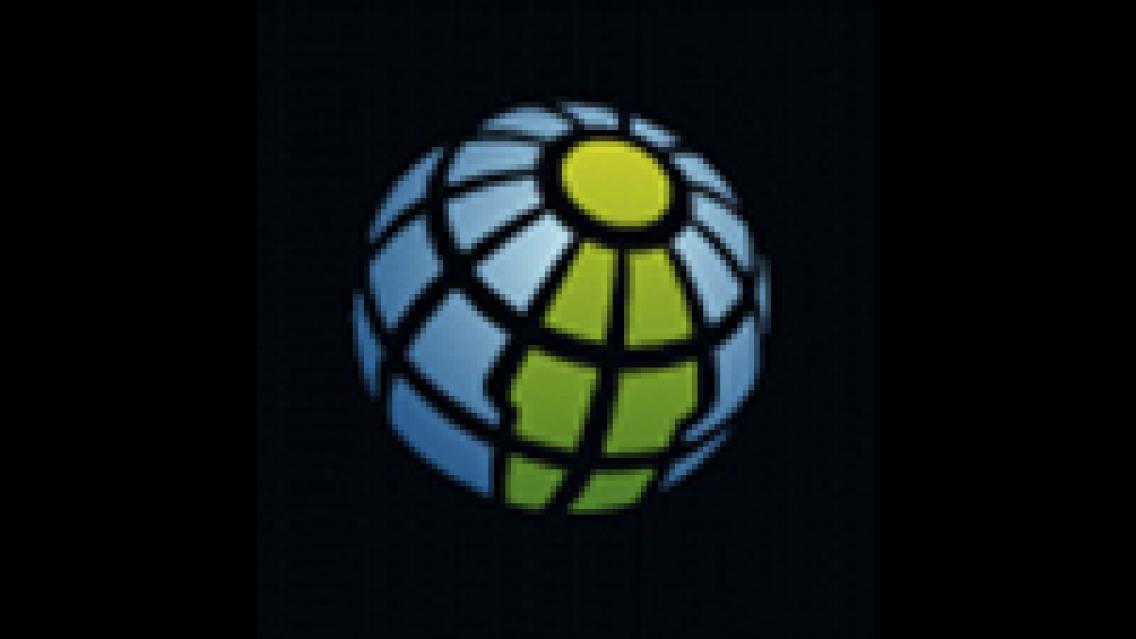What's next for Earth observations around the world?

A group of Earth scientists and stakeholders from across the globe converged last summer in Tacoma, Washington, for three days of important brainstorming. The topic: “How can we best use images and data from Earth observing (EO) satellites for the benefit of people everywhere?” The answers generated at the brainstorming workshop have just been published in an article entitled A Global Capacity Building Vision for Societal Applications of Earth Observing Systems and Data: Key Questions and Recommendations.
Workshop organizer Faisal Hossain recognized that these answers lie in not only providing Earth observations relevant to regional issues, but also in effective use of these assets by local agencies.
“Capacity building – creating the knowledge, ability, methods, and infrastructure in a region -- to use Earth observations and data for addressing specific issues like flood forecasting, landslide hazard identification, and others is critical to bringing these tools to bear on societal needs,” he explains.
The workshop provided a venue for Earth scientists who develop these Earth observations-based solutions to meet face-to-face with stakeholders who need them. Among the 27 attendees were experts from the applied sciences community already engaged in EO-based capacity building for the stakeholder community, and several international stakeholder agencies with a need for real-world application of EO systems and data. Participants were selected by invitation to represent breadth across themes such as water, health, ecosystem function, agriculture, and disasters as well as geographic relevance (Asia, Africa, Americas).
The results this group jointly generated (detailed in the article) helped inform the National Research Council Decadal Survey, which provides a science community consensus prioritizing societally relevant scientific questions and the Earth observations required to answer them.
NOTES
Hossain, from the University of Washington, is a member of the SERVIR Applied Sciences Team, as were many of the attendees at the meeting. Other attendees represented SERVIR hubs worldwide: SERVIR-Eastern and Southern Africa, based at the Regional Centre for Mapping of Resources for Development in Nairobi, Kenya; SERVIR-Himalaya, based at the International Centre for Integrated Mountain Development in Kathmandu, Nepal; and SERVIR-Mekong, implemented by the Asian Disaster Preparedness Center and consortium partners.

